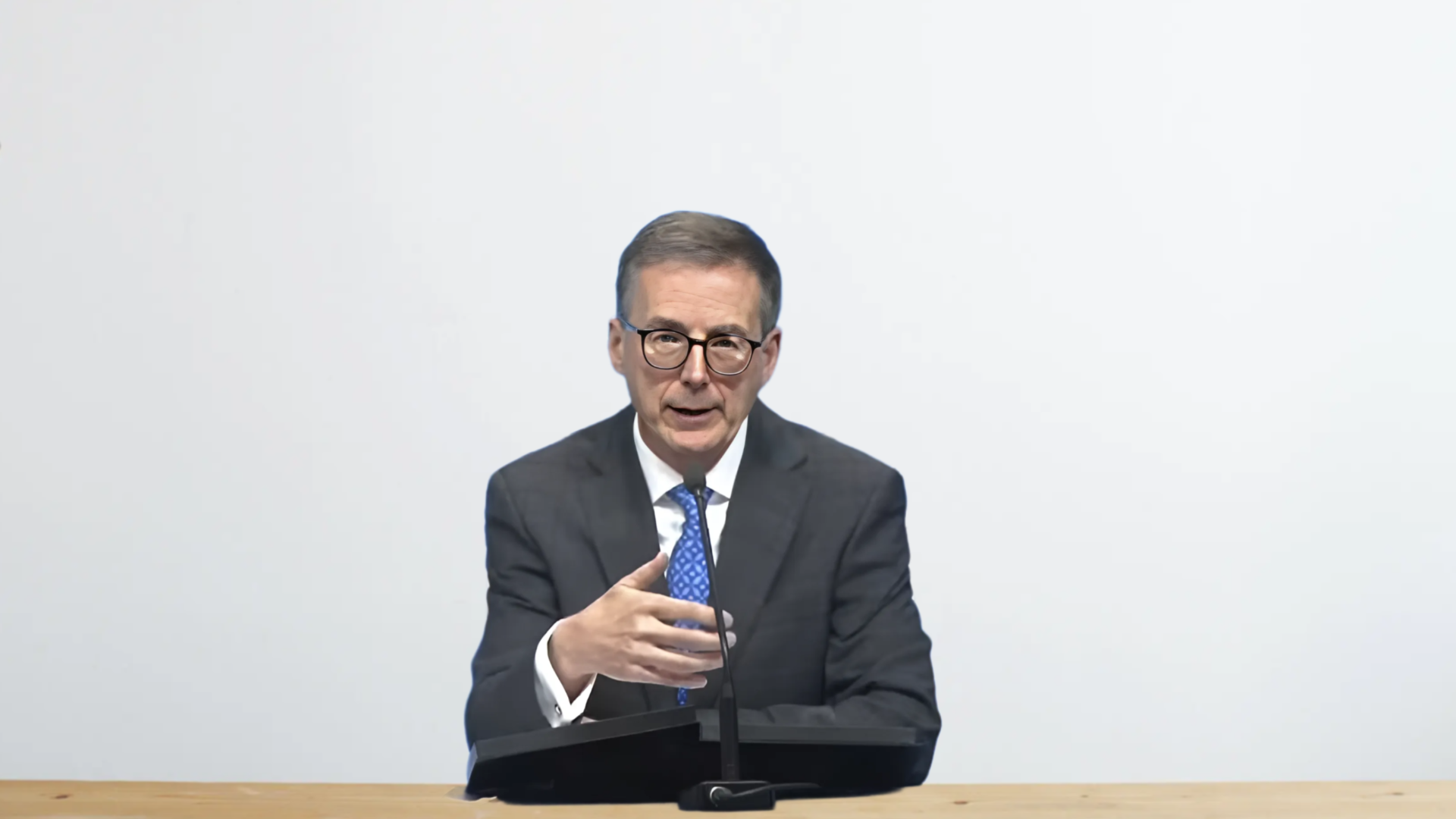In a highly anticipated move, the Bank of Canada has announced a cut in its key interest rate to 4.75%, down from 5%. This decision, marking the first rate cut since March 2020, reflects the central bank’s increased confidence that inflation will continue to move closer to its 2% target.
During a press conference, Bank of Canada Governor Tiff Macklem and Senior Deputy Governor Carolyn Rogers elaborated on the reasons behind the rate cut and the central bank’s economic outlook.
Governor Macklem highlighted the progress made in reducing inflation. “We’ve come a long way in the fight against inflation and our confidence that inflation will continue to move closer to the 2% target has increased in recent months,” he said. He emphasized that the current monetary policy no longer needs to be as restrictive, hence the 25 basis point reduction to 4.75%.
Providing further details, Macklem noted that after a period of economic stagnation in the latter half of last year, growth had picked up in the first quarter of 2024, albeit at a slower rate than initially projected. He stated, “Economic growth picked up in the first quarter of this year at 1.7% growth… but consumption growth was solid at about 3%, and business investment and housing activity also increased.”
Despite the improvements, Macklem acknowledged that inflation remains above the 2% target. “Inflation remains above the 2% target and shelter price inflation is high,” he noted. However, he pointed out that total CPI inflation has been consistently declining throughout the year, with several indicators pointing towards sustained easing. He highlighted, “CPI inflation has eased from 3.4% in December to 2.7% in April. Our preferred measures of core inflation have come down from about 3.5% last December to about 2.75% in April.”
Macklem reassured that the restrictive monetary policy is effectively relieving price pressures, indicating that further evidence of easing inflation would justify a less restrictive stance. “Monetary policy is working to relieve price pressures and with further and more sustained evidence underlying inflation is easing, monetary policy no longer needs to be as restrictive.”
In response to questions about the future trajectory of interest rates, Macklem remained cautious but optimistic. “If the economy continues to evolve broadly as we had expected, if we continue to see inflation pressures easing, it is reasonable to expect that there will be further cuts in interest rates,” he said. However, he emphasized a careful approach, stating, “But we are taking our interest rate decisions one meeting at a time. We don’t want monetary policy to be more restrictive than it needs to be to get inflation back to target, but if we lower our policy rate too quickly, we could jeopardize the hard-won progress we’ve made.”
Senior Deputy Governor Rogers added insights into the labor market, noting that while employment growth has been steady, it has been outpaced by the growth in the working-age population, allowing the labor supply to catch up with demand. She observed, “In the labor market, businesses are continuing to hire workers. Employment has been growing but at a slower pace than the working-age population. This has allowed the supply of workers to catch up with job vacancies.”
The central bank also addressed the potential risks associated with the rate cut, particularly concerning the housing market. When asked about the impact on shelter prices, Macklem acknowledged the existing pressure but reiterated that their primary focus remains on inflation. “We were expecting some increase, some modest increase in house prices… we have, we did then and we continue to point out housing as a risk to our inflation forecast,” he stated.
Looking ahead, the Bank of Canada’s next interest rate decision is scheduled for July 24, 2024. As Macklem concluded, “We’re going to be taking it one meeting at a time… the timing of those cuts or of any further cuts are going to depend on incoming data and our assessment of what those data mean for the future path of inflation.”

